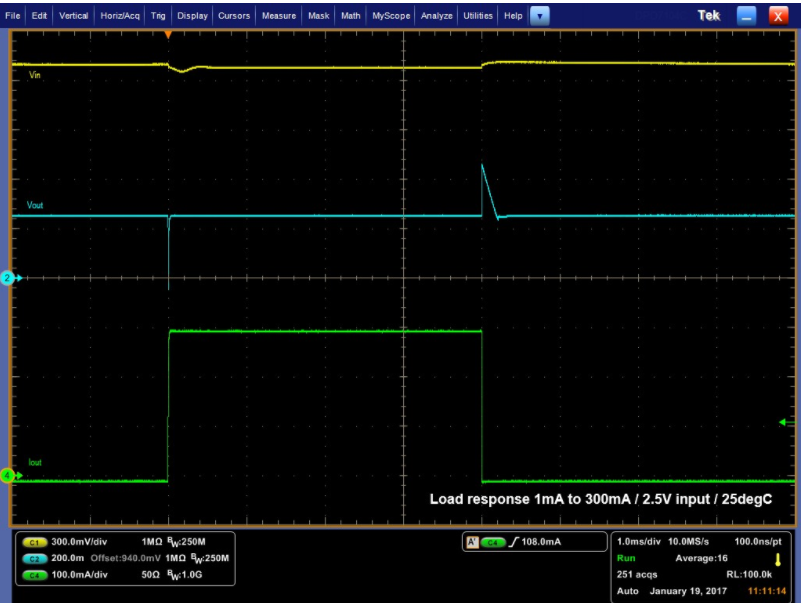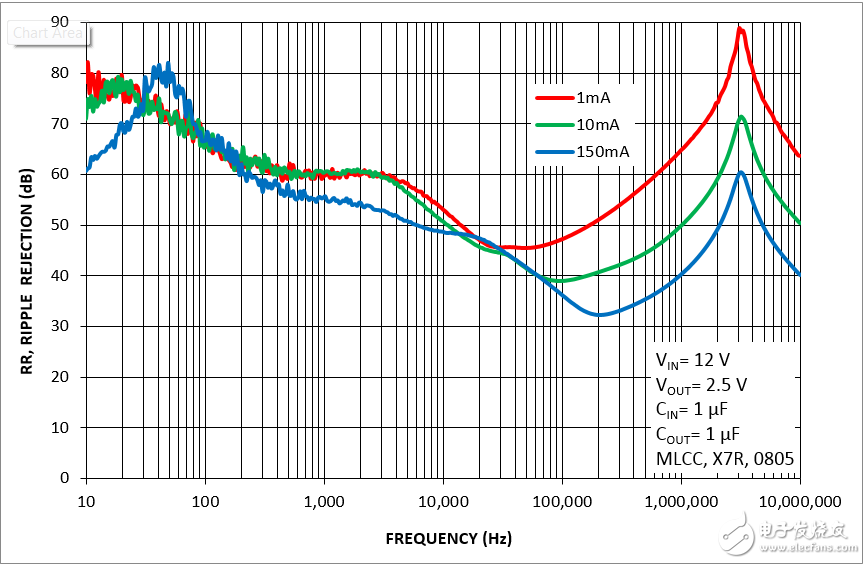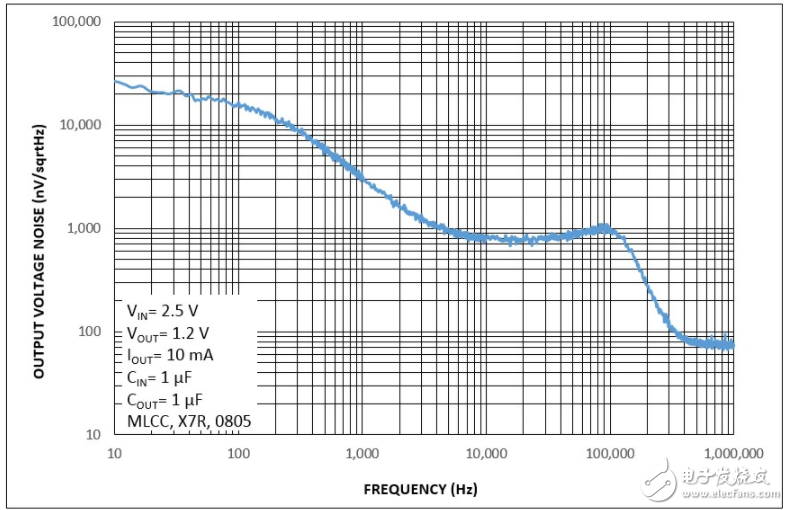The application of a stable supply voltage from an unstable or variable power supply is critical. Such power supplies include gradually discharged batteries or rectified AC voltages. Applications that are sensitive to noise or residual AC ripple generated by switching regulators, including RF transceivers, Wi-Fi modules, and optical image sensors, use linear regulators to minimize system-wide errors and errors .
Linear regulators that maintain a low dropout voltage between the input and output of a power supply are often referred to as low dropout (LDO) regulators. Its basic feature is that it maintains a constant output voltage regardless of changes in output current, input voltage, thermal drift, or operating life (aging). These are ideal conditions, but the situation in the real world is somewhat different. Since the LDO output voltage is not absolutely stable, it mainly affects the following operating functions:
a) Due to the limited control loop speed, rapid changes in the load current will result in changes in the output voltage. Sometimes internal regulation loops cannot react to rapid changes in current (due to time delays), resulting in undershoots/overshoots that are typically about tens of millivolts (mV).

b) The rapid change of the input voltage (usually caused by the output voltage ripple of the DC-DC converter) cannot be completely filtered by the control circuit, so the change of the input voltage will be reflected in the output voltage to a certain extent. This parameter is called Power supply rejection ratio (PSRR), and is usually a frequency-varying parameter. Some manufacturing marks show a negative PSRR and some are positive. In general, the higher the absolute value of PSRR, the less the transmission interference signal from the input to the output. In general, the disturbed input voltage is transmitted to the output in units of mV or less. Similarly, a rapid change in input voltage (ie, "line transient response") can occur at the LDO output.

c) The inherent noise of the semiconductor structure itself is mainly caused by the collision of the free atoms with the crystal structure of the base material. Since intrinsic noise is a physical phenomenon related to the principle of current conduction in semiconductors, it can be suppressed by some techniques, but it cannot be completely removed. The output noise of modern LDOs can reach hundreds of microvolts (uV) or even less, but the noise produced by top-level LDOs can reach microvolt (uV) units.

d) Other effects include a slow change in input voltage and its effect on the line regulation rate, a slow change in load current, and its effect on load regulation, thermal conductivity, and long-term stability.
In the real world, all these effects and their effects must be comprehensively considered in order to achieve a stable and accurate output voltage. Therefore, it is necessary to carefully consider the above conditions may be related to a specific application. For example, for camera applications that require the best image quality, the dynamic response of the LDO to changes in load current is the most important. When the noise level is less than 100 uVrms and the PSRR level is normal (more than 50 dB), the effect on image quality is negligible.
Metal-clab Withdrawable Switchgear
Metal-Clab Withdrawable Switchgear,Withdrawable Switchgear,Metal-Clab Switchgear,Metal-Clab Withdrawable Electrical Switchgear
TRANCHART Electrical and Machinery Co.,LTD , https://www.tranchart-electrical.com